
It’s one thing for your daffodils not to come up at all; it’s another when you get leafy stands of green with no buds. Now you’re just teasing. Why all leaves and no flowers?
This strange phenomenon is known as daffodil blindness or blind daffodils. Despite the strange name, it’s pretty simple to diagnose and treat.
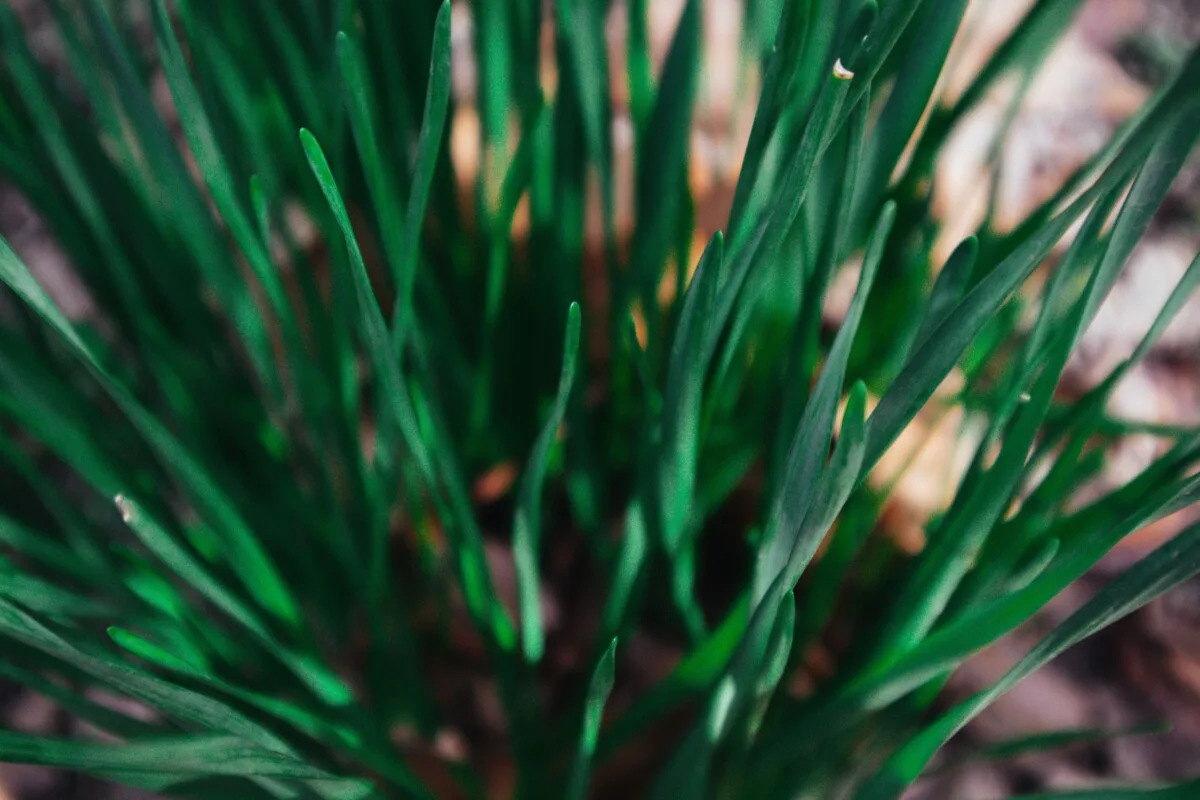
Blind daffodils. Yeah, I don’t know either. I feel like that term would be better suited to potatoes since they technically have eyes.
“I planted eight hills of potatoes this season, and they all came up blind.”
But daffodils? Who comes up with this stuff?
Daffodil Disappointment – What are blind daffodils?
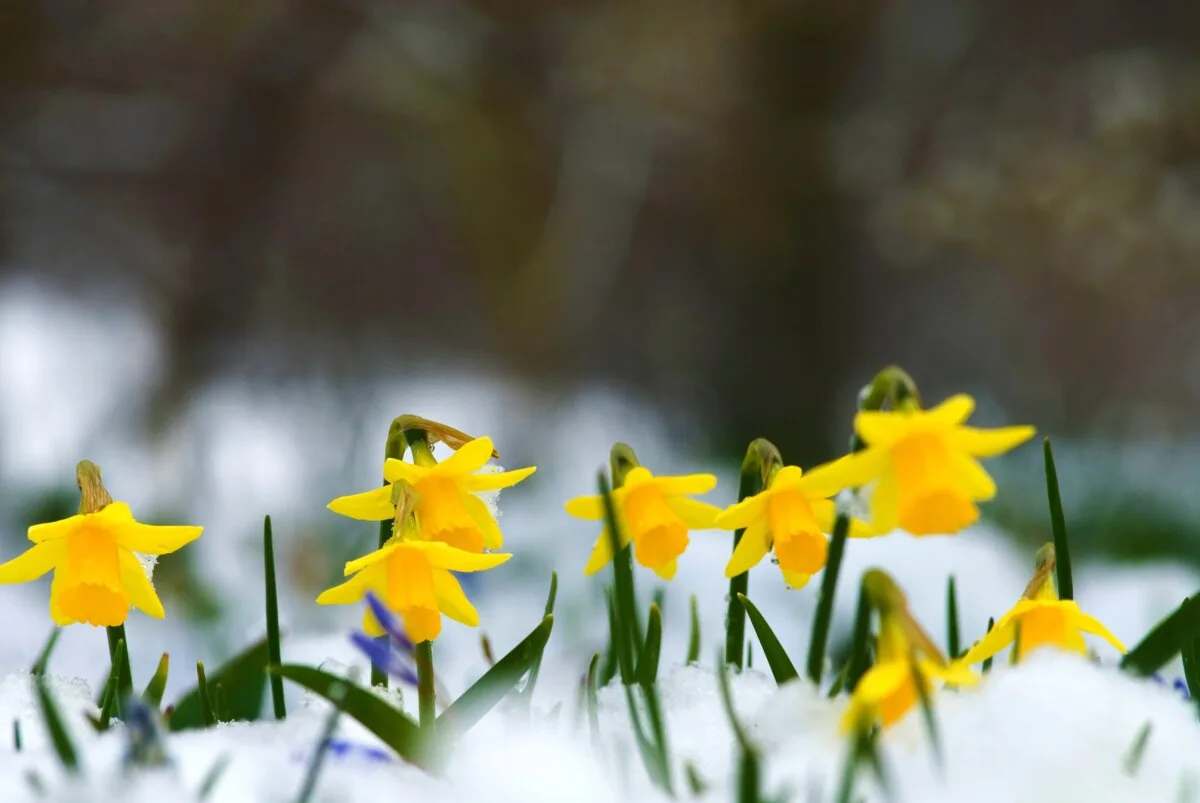
About the time we’re all ready to pull our hair out because we’re sick of winter, the fresh, green leaves of daffodils start poking up through the ground. Sometimes, these harbingers of spring even make an appearance amid snow.
But when you start noticing everyone else’s daffodils are blooming, and you’ve still got nothing but green leaves, you know there’s a problem. A closer look reveals nothing but the flat, thin stalks of leaves. There isn’t a stalk with the fat bud of a future daffy in sight.
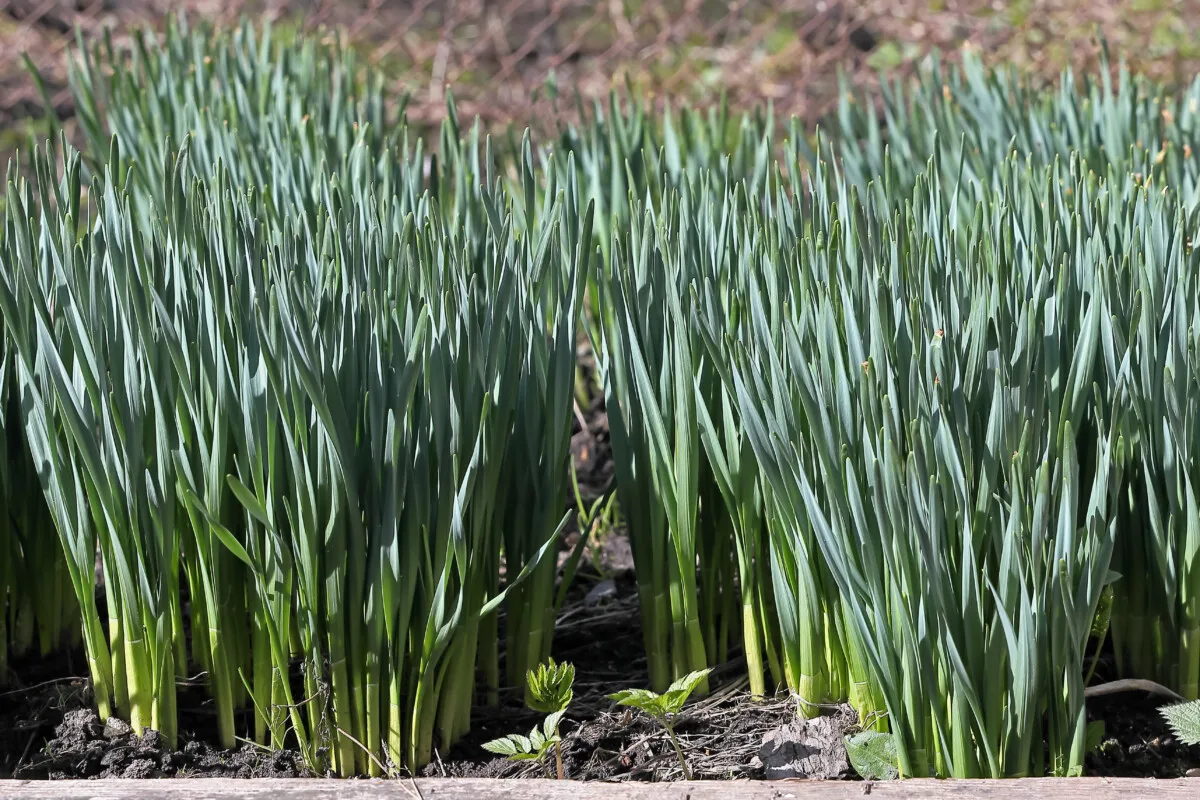
That’s daffodil blindness or a bulb with no bloom.
This term applies to all bulbed flowers that grow foliage but no buds. So, if you cut your amaryllis leaves too soon and don’t feed it bone meal in the summer, come Christmas, you may end up with a blind amaryllis.
Narcissus, or daffodils, are geophytes, bulbiferous geophytes, to be exact. Most of what we see above ground is an afterthought. Bulbiferous geophytes are all about the bulb below the soil. The bulb is a storage organ for nutrients. If enough nutrients are stored over the season, the plant will produce a bloom, which can lead to the reproduction of the plant.
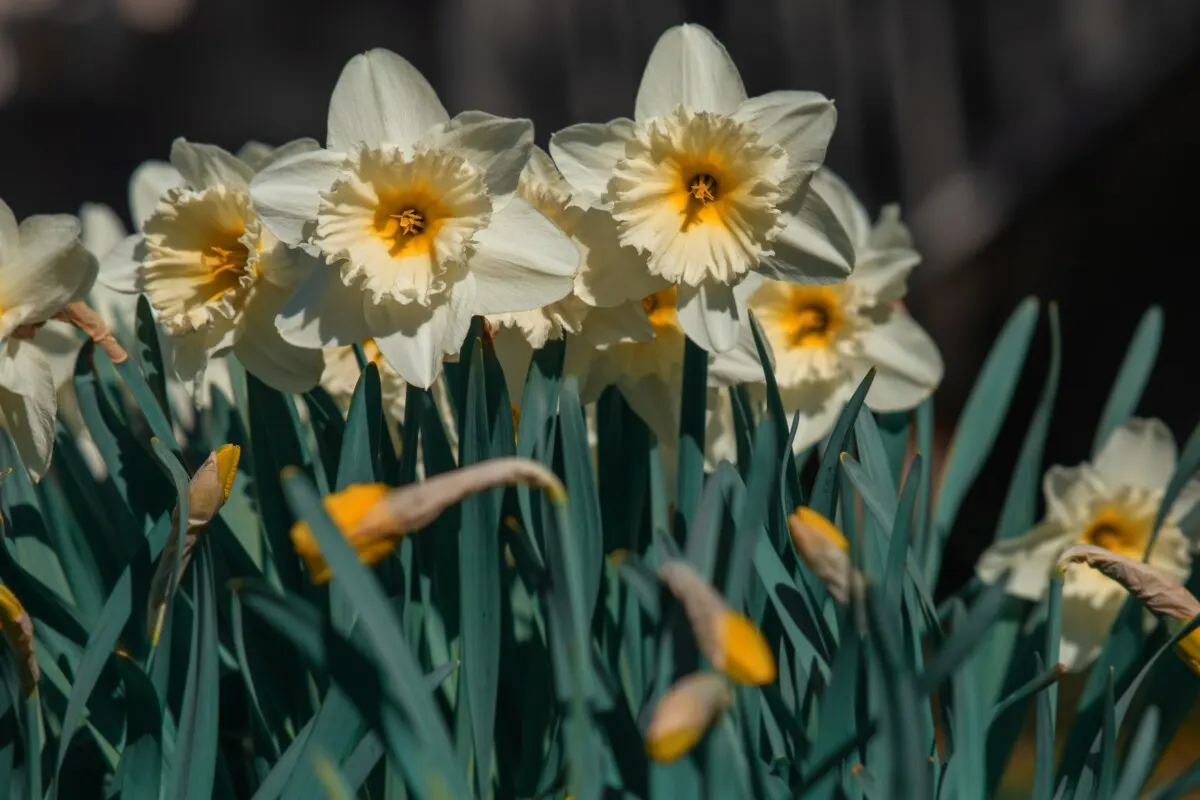
If the storage organ is too small or doesn’t store up enough nutrients, all you get above ground are leaves. The key to healthy daffodils with tons of blossoms each year are big, fat, happy bulbs. Daffodils are pretty easy to care for flowers. Daffodil blindness usually comes from one of three easy-to-fix issues.
(Daffodils are pretty interesting and if you’ve got them in your yard, there are a few things you should know.)
Let’s fix those blind daffodils!
1. Think Deep Thoughts – Your Bulbs Are Too Shallow
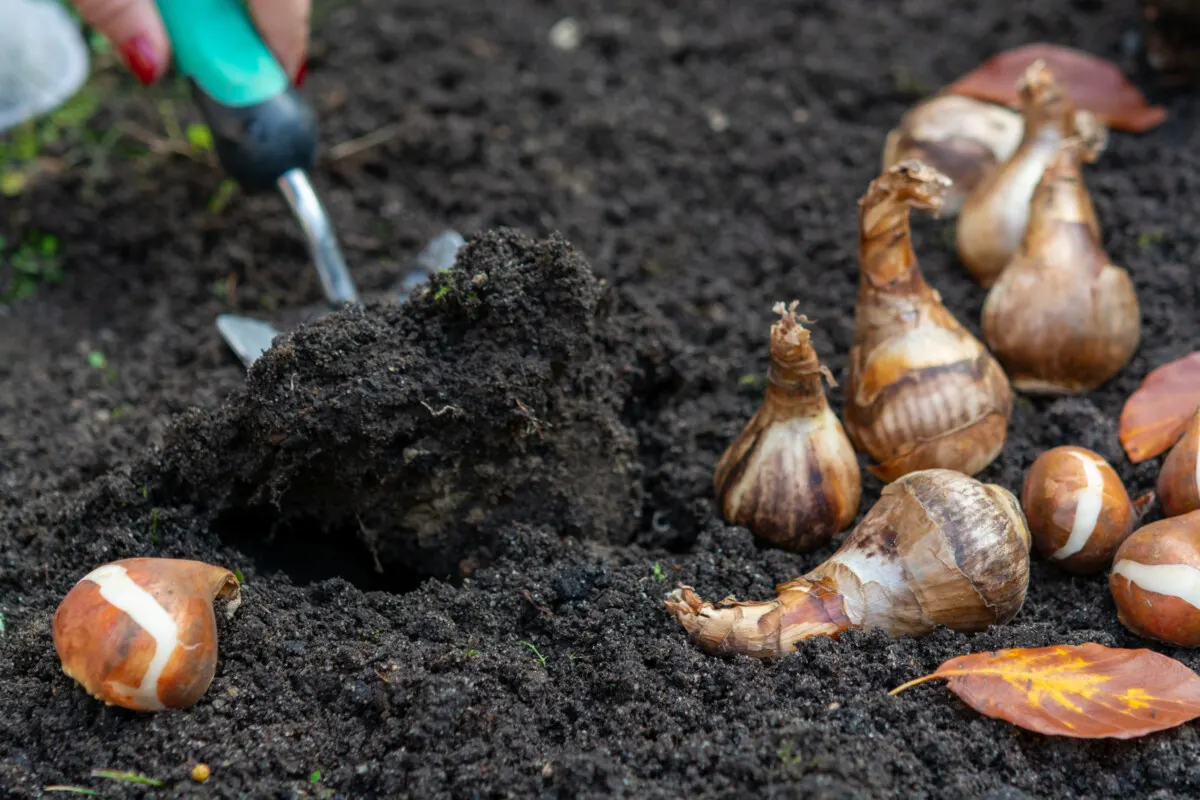
This is usually the cause of blind daffodils if you just planted the bulbs the previous fall. Bulbs need to be buried at the correct depth to flower. The pressure from the soil above them plays a critical role in creating new blooms and new bulbs.
The rule of thumb is that a bulb should be buried two to three times its height.
Since daffodil bulbs are usually 2-3 inches tall, they need to be buried 4-6 inches deep in the soil. Don’t be afraid to measure. None of us are particularly good at judging what an inch looks like by sight, especially hairdressers.
If you think this is the problem, wait until the summer and dig up a few of the bulbs you planted last year to see how deeply you planted them. You may need to replant them deeper and wait until next spring for blooms.
2. Divide & Conquer – Your Daffodils Are Too Crowded to Bloom
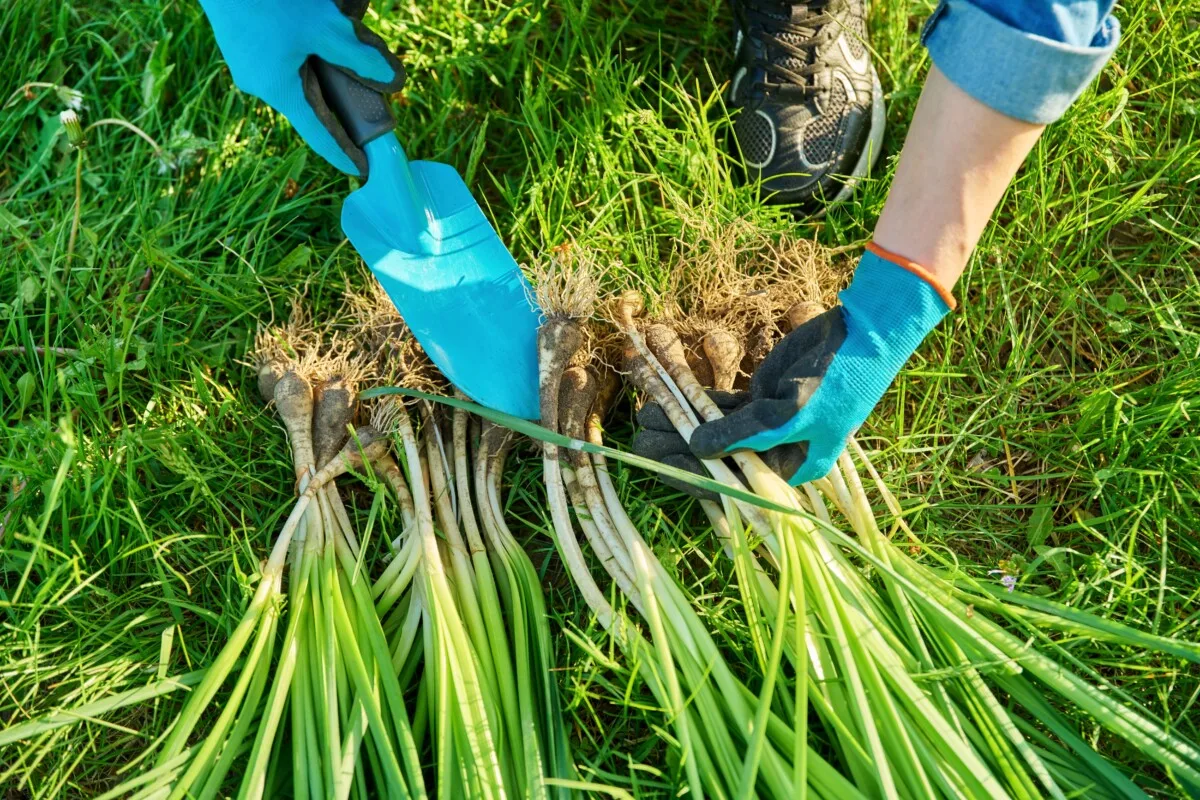
Remember, bit fat bulbs equal big fat blooms. As daffodils grow, they will also create new bulbs below the soil. If you don’t dig up and split these bulbs every few years, they will become overcrowded, surrounded by smaller bulbs. All these bulbs will be competing for nutrients both above ground from the sun and below ground. Your daffodils will stop producing blooms until you correct the issue.
If you’ve had years of beautiful blooms and are noticing more and more blind bulbs, this is the most likely cause.
In the meantime, let your daffodil leaves grow, allowing them to continue to soak up the sun until they begin to brown. In early summer, you can cut the leaves and dig up the daffodils to divide them and replant new bulbs. Be sure you plant them at the correct depth and dig some nice compost into the soil before you pop them in the dirt.
You’ll have to wait until next spring to enjoy the fruits of your labors, but it will be worth it to see renewed blossoms.
3. More Carbs! Your Daffodils Did Not Store Up Enough Nutrients to Bloom
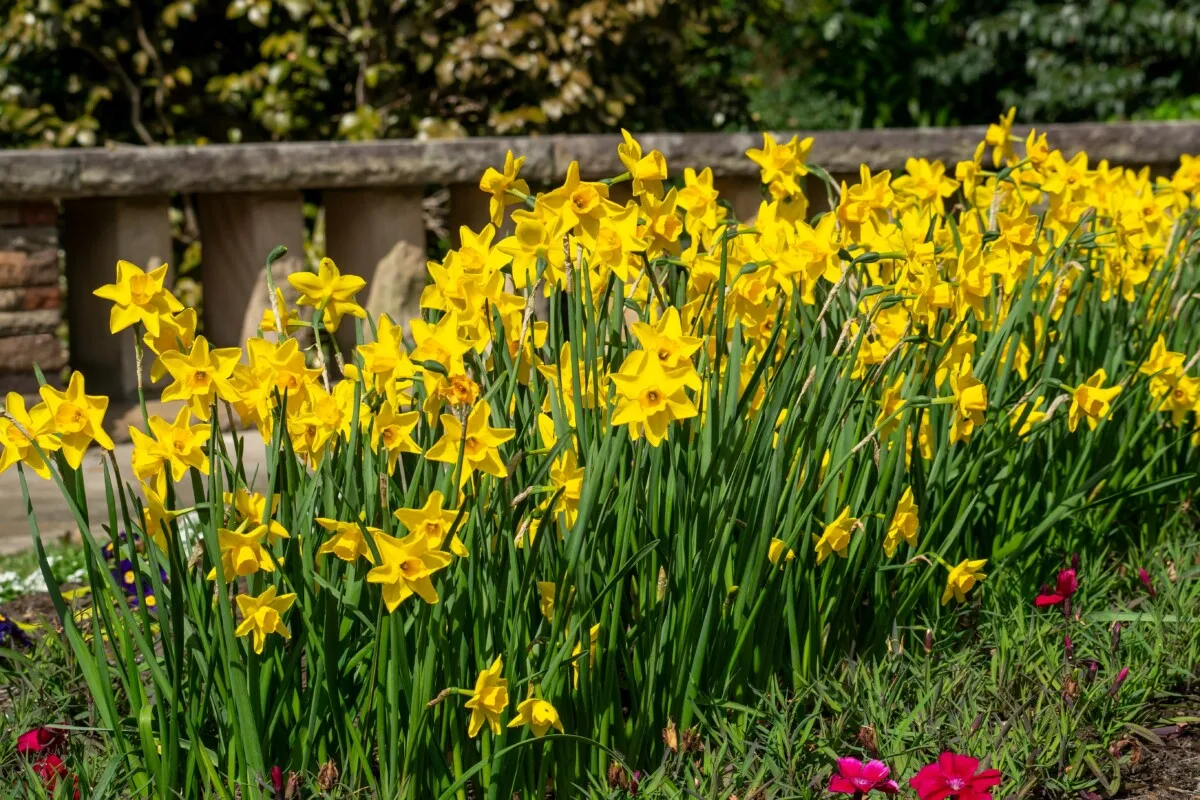
Most energy stored in a bulb is stored as carbs. Your daffodils make that energy through photosynthesis. Hey, put down that bag of fertilizer. I know what you’re thinking. Far too often, we assume fertilizer is needed to correct the issue when, most of the time, your daffodils need more sun.
Daffodils rarely need to be fertilized, and you shouldn’t fertilize them indiscriminately.
Cut Down in Their Prime
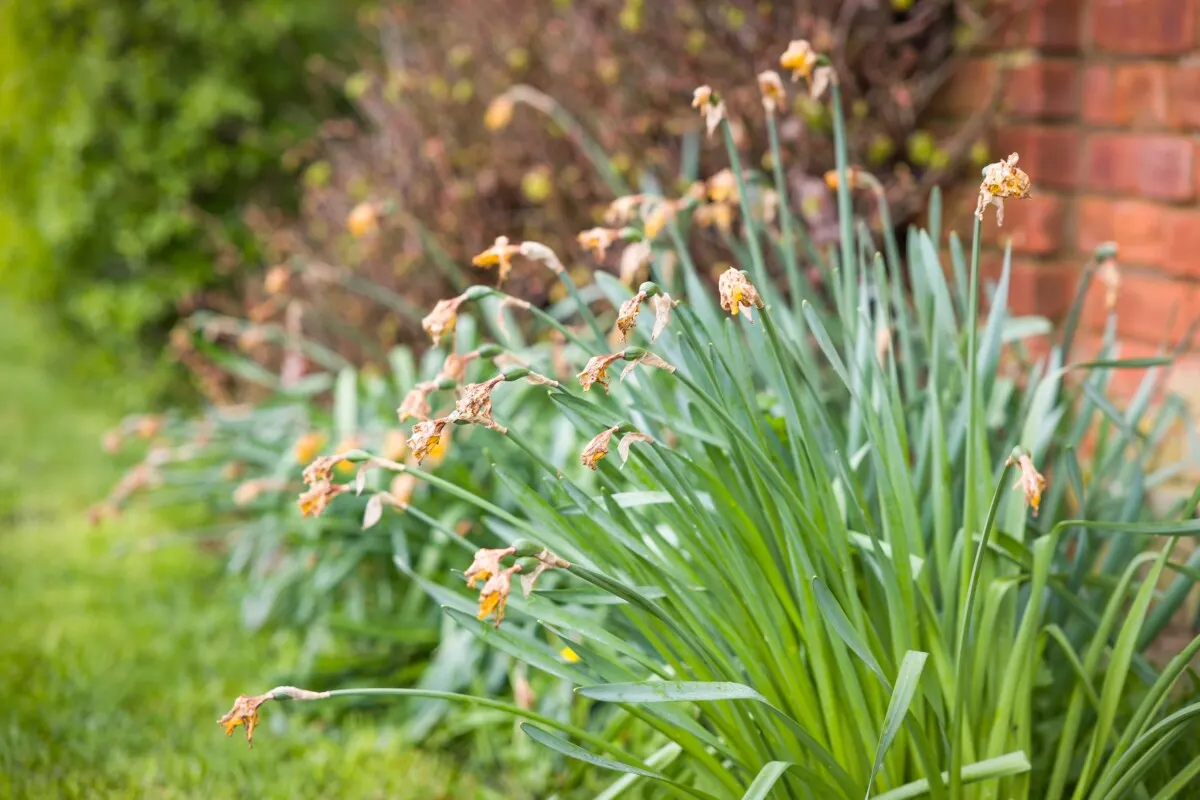
Far too often, if the bulb isn’t collecting enough carbs, it’s because the leaves didn’t collect enough sun. Did you cut the leaves immediately after the blooms faded? Eeep, that’s a no-no.
Think of the leaves the same way you would a solar panel, and the bulb below the soil is the battery where all that solar power is being stored up. The plant will continue to grow and collect energy via the sun through its leaves until early summer. At this point, the plant will enter dormancy, and the leaves will begin to turn brown and fade. That’s the correct time to cut them back or mow over them.
Don’t knot your daffodil leaves, either. Remember, you want as much leaf surface area as possible to soak up the sun.
Did You Leave the Flower Heads?
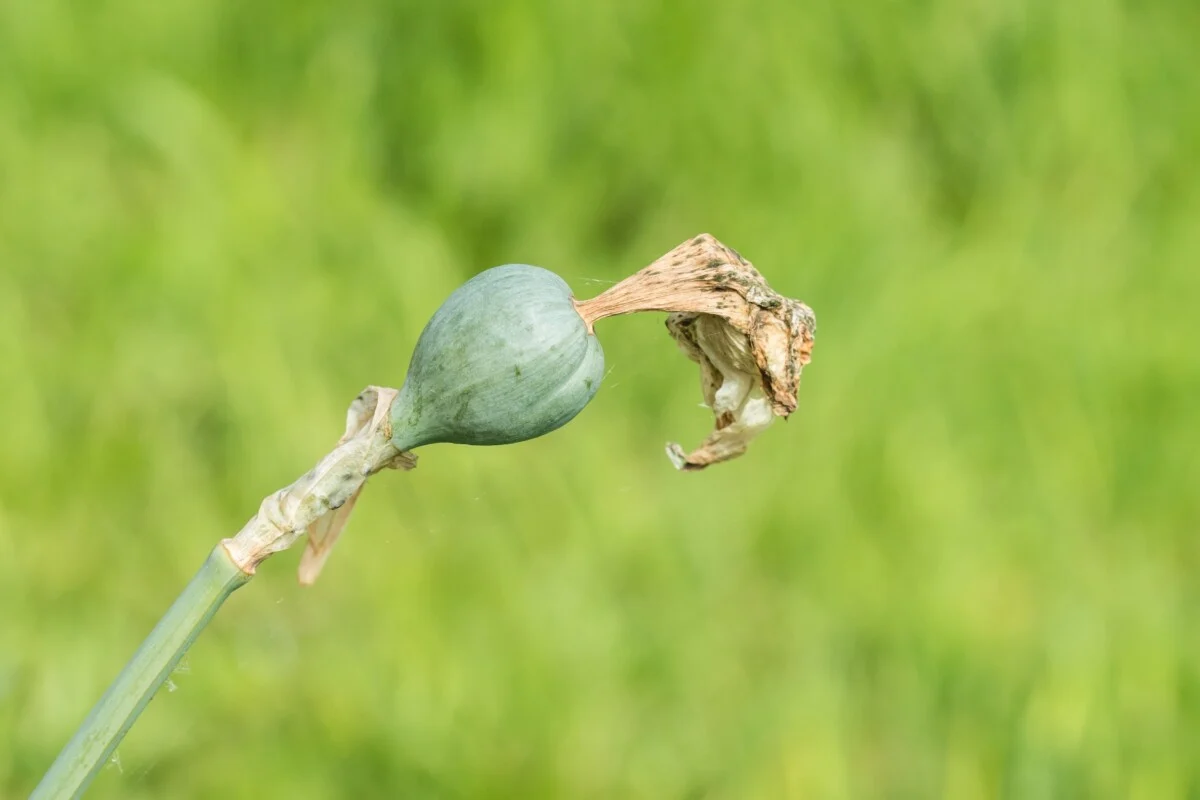
Once the flowers have faded, you’ll want to deadhead them. Otherwise, the plant will start the process of creating fertile seeds in the seedpod. This diverts energy away from the bulb. You might even want to leave a few and collect them to grow daffodils from seed, a true patience project.
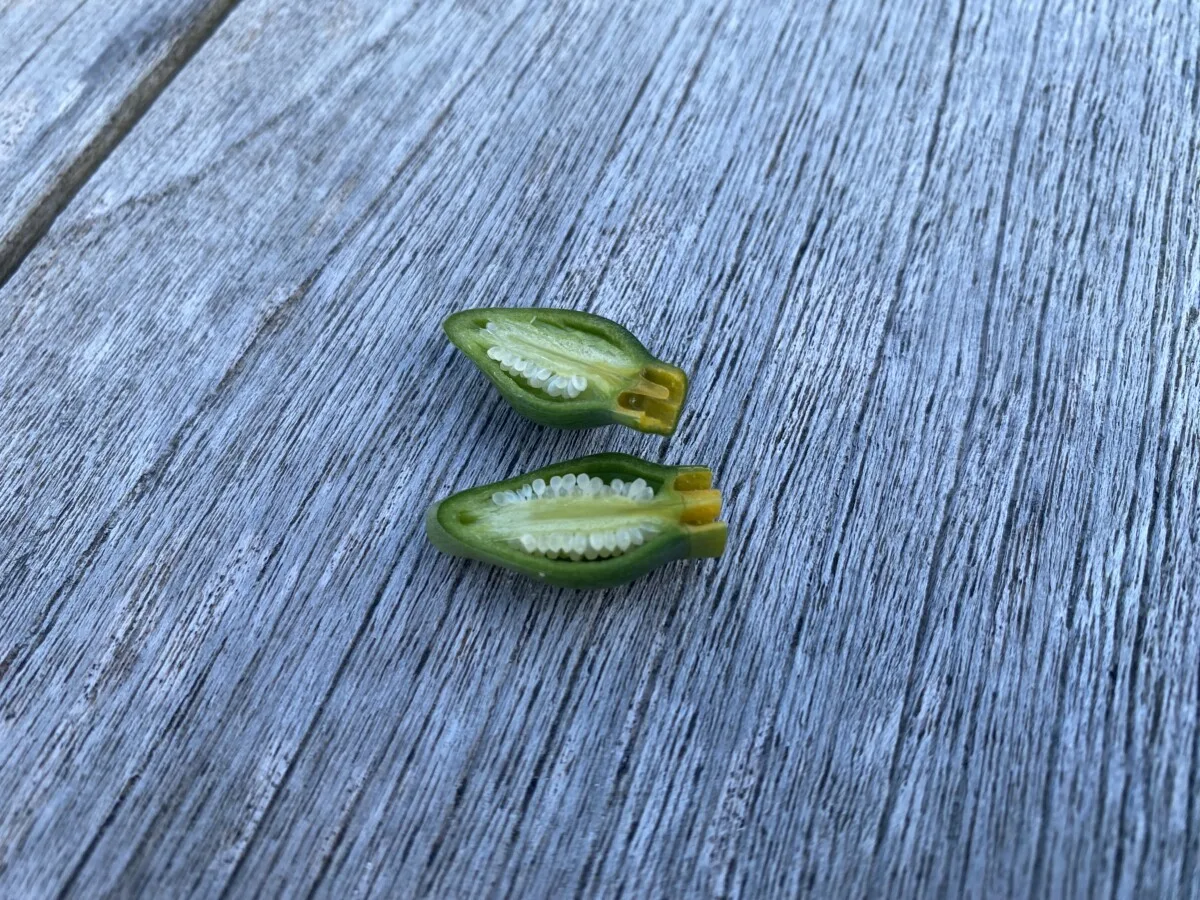
Throwing Shade
Another reason your bulbs may not have collected enough nutrients is if they were shaded out. Did you plant anything near those daffodils last year that would have overshadowed the leaves? You may need to rearrange plantings to ensure the daffodils receive plenty of sun even after they bloom.
Feed Your Bulbs
Finally, if you truly believe the bulbs need to be fertilized, test the soil first. It’s important to feed them the correct nutrients. Too much nitrogen can exacerbate the problem. Knowing exactly what nutrients are deficient will allow you to choose a fertilizer that meets those needs.
In most cases, this will be a fertilizer with higher phosphorous and potassium levels and lower nitrogen. Greensand is a great fertilizer for spring bulbs as it has an NPK ratio of 5:10:20. (This is a good one, here.)
For more tips on caring for daffodils once they have finished blooming, click here.
It’s Time to Start Over
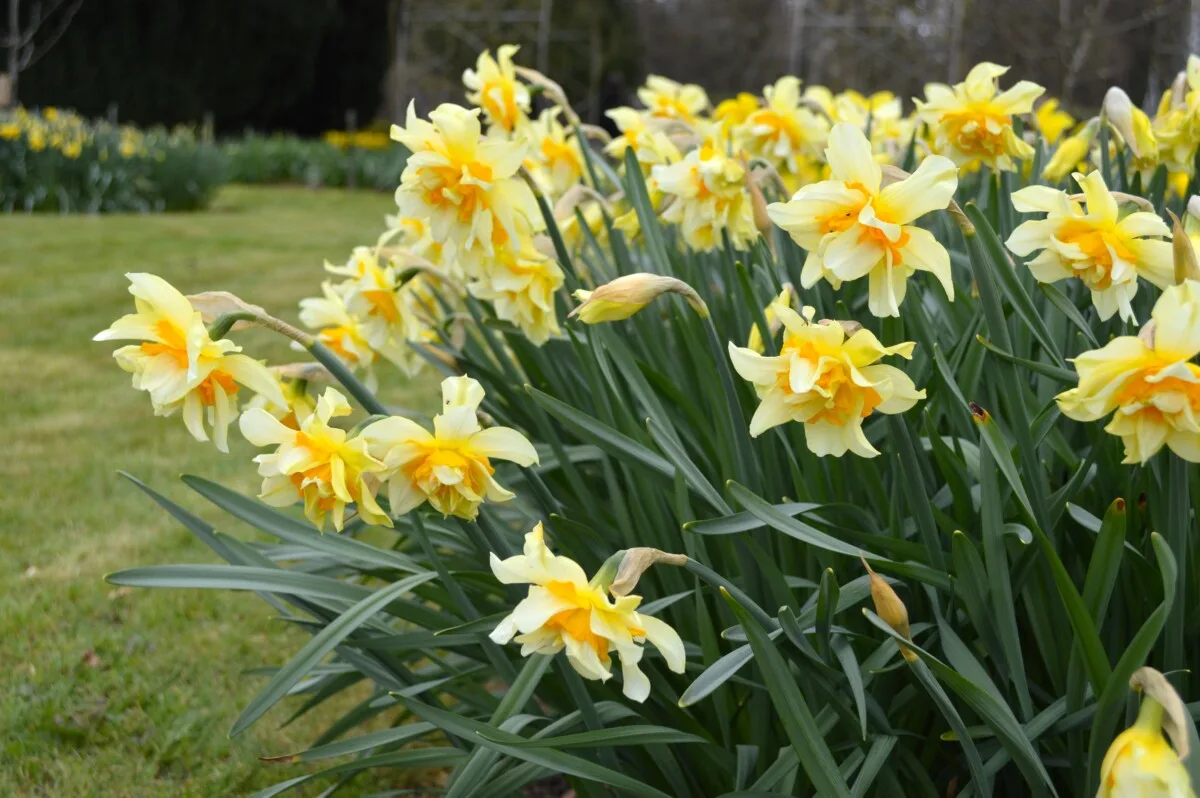
Often, folks will wonder if pests or disease are the cause of daffodil blindness. While it’s not unheard of, it’s unlikely. If your bulbs have been infested with pests or attacked by a disease, most of the time, they won’t even produce leaves. Daffodil blindness and rotten bulbs are two very different problems.
If you have no leaves at all, then it’s likely your bulbs have gone bad, and you’ll have to replant your daffodils.
Hopefully, you can pinpoint the issue and get your daffies back on track. They’re one of the easiest spring flowers to grow, and you can’t beat them for cheery color after a dull winter.

Get the famous Rural Sprout newsletter delivered to your inbox.
Including Sunday ramblings from our editor, Tracey, as well as “What’s Up Wednesday” our roundup of what’s in season and new article updates and alerts.


